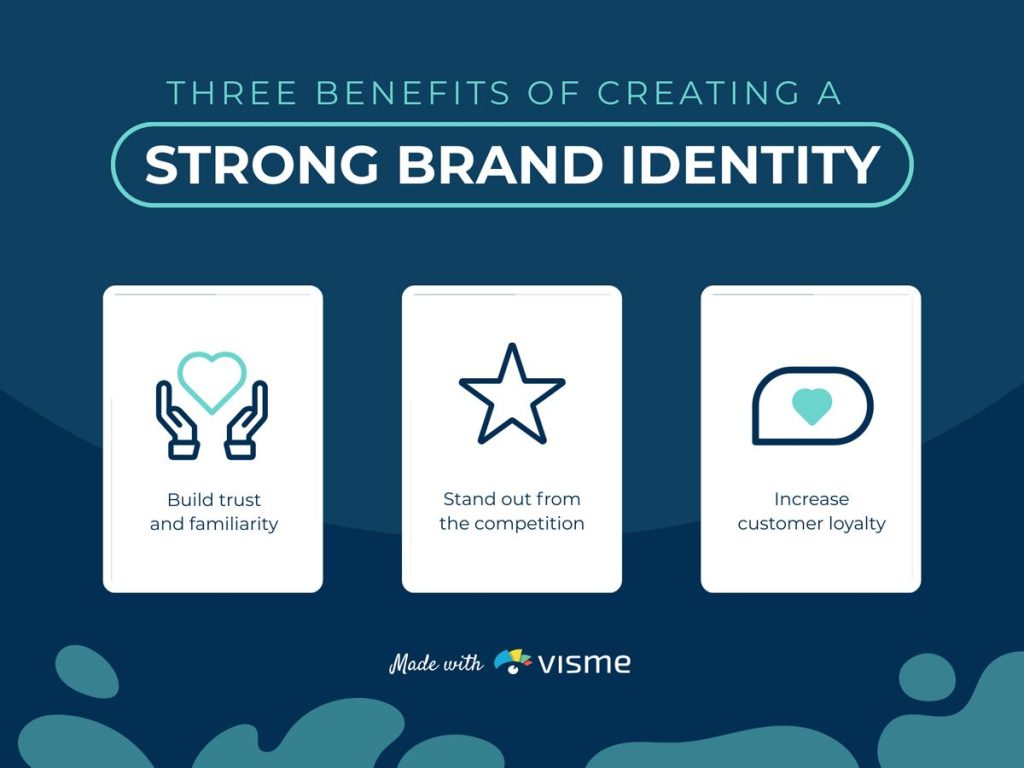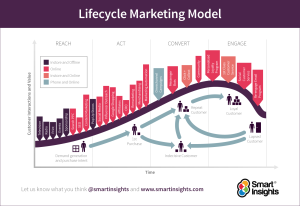
In today’s fast-paced digital world, establishing a strong brand identity has become more crucial than ever before. Whether you are a startup or an established business, having a powerful brand identity helps you stand out from your competitors and build trust among your target audience. While the tech industry is highly competitive, creating a distinctive brand image can make all the difference in attracting potential customers and driving business growth. In this article, we will explore the essential steps to craft a powerful brand identity for your tech business.
1. Understand Your Target Audience
Before diving into the branding process, it’s vital to have a clear understanding of your target audience. Knowing your customers’ demographics, preferences, pain points, and aspirations allows you to tailor your brand identity to their needs. Conduct thorough market research, analyze consumer behavior, and create detailed buyer personas to gain valuable insights into your target audience.
2. Define Your Brand’s Mission and Values
Every successful brand has a strong mission and set of values that guide its actions and resonate with its target audience. Take the time to articulate your brand’s mission, which should reflect why your business exists and what it aims to achieve. Clearly defining your values will help shape your brand identity and ensure consistency in all your communications.
3. Create a Memorable Brand Name and Logo
A brand name and logo should be instantly recognizable and memorable. Brainstorm creative and unique names that align with your brand’s mission and values. Your logo should be visually appealing and distinct, representing your business’s core identity. If you have the budget, hiring a professional designer can ensure a high-quality and impactful logo that captures your brand’s essence.
4. Develop a Consistent Visual Identity
Your visual identity includes everything from color schemes and typography to imagery and graphics. Consistency across all brand assets, including your website, social media profiles, and marketing materials, helps create a cohesive and recognizable brand image. Use HTML markup to structure your website and ensure a clean and user-friendly design that reflects your brand’s personality.
5. Craft a Compelling Brand Story
A brand story is the narrative that communicates your brand’s purpose, values, and history to your audience. A well-crafted brand story resonates emotively with your customers, fostering a deeper connection with your brand. Utilize the power of storytelling in your website content, blog articles, and social media posts to captivate your audience and differentiate your brand from competitors.
6. Establish Brand Guidelines
Creating comprehensive brand guidelines is essential to maintain consistency in brand messaging and visual elements. Include guidelines for logo usage, color palette, typography, tone of voice, and imagery. These guidelines act as a roadmap for your team and any external stakeholders involved in creating content or designing marketing materials.
7. Leverage Social Media and Content Marketing
Social media platforms provide an excellent opportunity to showcase your brand identity and engage with your audience. Develop a social media strategy that aligns with your brand’s values and appeals to your target audience. Additionally, invest in content marketing to establish your brand as a thought leader in the tech industry. Create informative and valuable content that demonstrates the expertise and unique perspectives of your business.
8. Monitor and Adapt Accordingly
As your brand grows, it’s crucial to monitor its perception and adapt accordingly. Keep a close eye on customer feedback, social media mentions, and industry trends. Regularly evaluate your branding efforts to ensure they align with your target audience’s needs and expectations. Make necessary adjustments to your brand identity to stay relevant and maintain a strong market presence.
In conclusion, crafting a powerful brand identity requires a thorough understanding of your target audience, a well-defined brand mission, and a visually appealing and consistent visual identity. By following the steps outlined in this article and using HTML markup to enhance your web design, you can create a compelling and distinct brand that resonates with your audience, instills trust, and drives the success of your tech business.


